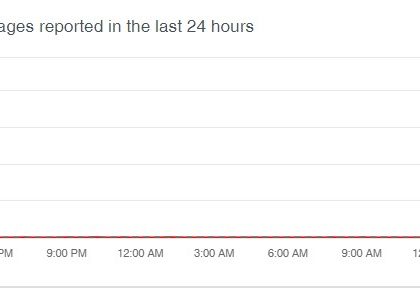Proper Disposal of Electronic Devices [source: us-cert]
by CIRT Team
Why is it important to dispose of electronic devices safely?
In addition to effectively securing sensitive information on electronic devices, it is important to follow best practices for electronic device disposal. Computers, smartphones, and cameras allow you to keep a great deal of information at your fingertips, but when you dispose of, donate, or recycle a device you may inadvertently disclose sensitive information which could be exploited by cyber criminals.
Types of electronic devices include:
- Computers, smartphones, and tablets — electronic devices that can automatically store and process data; most contain a central processing unit and memory, and use an operating system that runs programs and applications.
- Digital media — these electronic devices create, store, and play digital content. Digital media devices include items like digital cameras and media players.
- External hardware and peripheral devices — hardware devices that provide input and output for computers, such as printers, monitors, and external hard drives; these devices contain permanently stored digital characters.
- Gaming consoles — electronic, digital, or computer devices that output a video signal or visual image to display a video game.
What are some effective methods for removing data from your device?
There are a variety of methods for permanently erasing data from your devices (also called sanitizing). Because methods of sanitization vary according to device, it is important to use the method that applies to that particular device.
Methods for sanitization include:
- Backing up data. Saving your data to another device or a second location (e.g., an external hard drive or the cloud) can help you recover your data if your device is stolen. Options for digital storage include cloud data services, CDs, DVDs, and removable flash drives or removable hard drives (see Using Caution with USB Drives and Protecting Portable Devices: Data Security for more information). Backing up your data can also help you identify exactly what information a thief may have been able to access.
- Deleting data. Removing data from your device can be one method of sanitization. When you delete files from a device—although the files may appear to have been removed—data remains on the media even after a delete or format command is executed. Do not rely solely on the deletion method you routinely use, such as moving a file to the trash or recycle bin or selecting “delete” from the menu. Even if you empty the trash, the deleted files are still on device and can be retrieved. Permanent data deletion requires several steps.
For more, click here.
Recommended Posts

Training on cybersecurity awareness for Department of Women Affairs
25 Nov 2023 - Articles, English articles, News, News Clipping, Service











